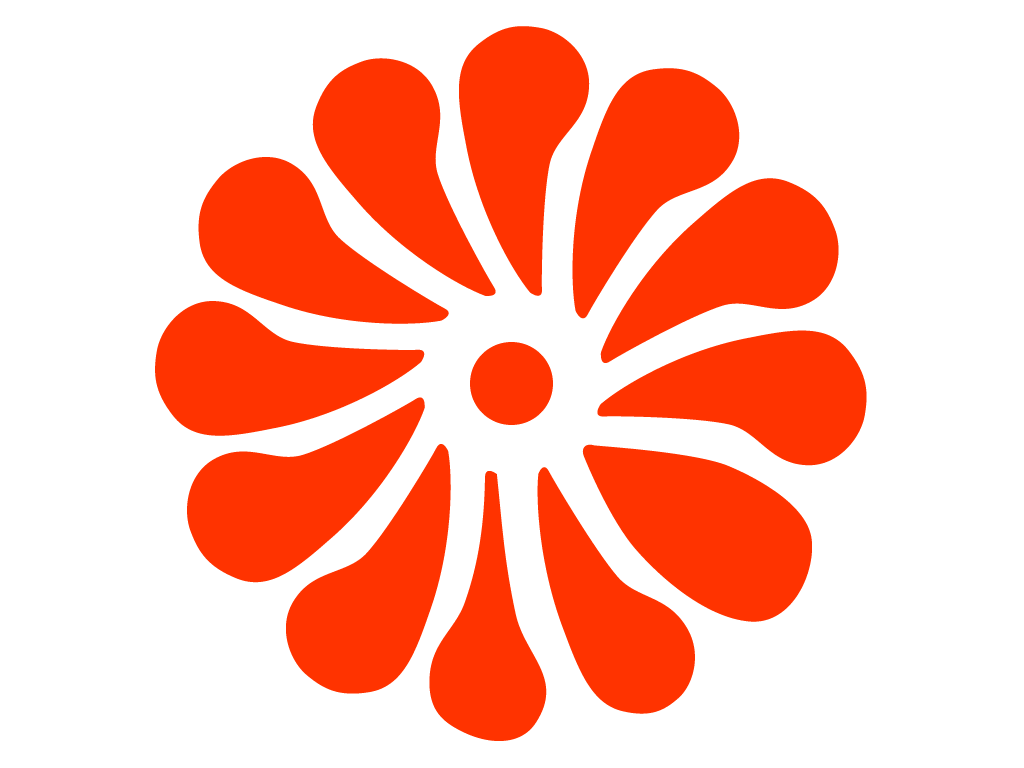Acer davidii: Père David’s Maple or Snakebark Maple
Background and Origin: Acer davidii, commonly known as Père David’s Maple or Snakebark Maple, belongs to the Sapindaceae family and is a species of maple. It is native to China and was first discovered by Armand David or Père David (1826-1900), a French missionary catholic priest and botanist, in the 19th century. It was later rediscovered by Charles Maries (1851-1902), an English botanist and plant collector sent by James Veitch & Sons to Asia.
Description: Acer davidii is a small deciduous tree that can reach a height of 15m (50ft) with a trunk diameter of about 40cm (18in). It features smooth olive-green bark that starts as red on the shoots and gradually turns green and white, showcasing a beautiful bark. The foliage is dark green, with ovate leaves and serrated margins. In autumn, the leaves turn yellow and orange, adding a vibrant touch to the landscape. In late spring, it produces arching pendulous racemes of small yellow flowers, typically with separate racemes for male and female flowers. After flowering, it produces small fruit or winged seeds.
Planting and Growth: To plant and grow Acer davidii, choose a sunny or partially shaded location with moist, well-drained soil. It adapts well to various soil types as long as drainage is adequate. When planting a young tree, use a stake for support until it becomes established. Protect it from rabbits with a guard, clear out weeds around it, and as it grows over a couple of seasons, it should become more self-sufficient.
Cultivation of Acer davidii: Nurturing Père David’s Maple
Sunlight: Acer davidii thrives in a location that receives ample sunlight or partial shade. Ensure it gets sufficient sunlight for healthy growth and development.
Soil and Drainage: Plant Acer davidii in moist, well-drained soil. It adapts well to various soil types as long as the drainage is adequate. Good soil and drainage are essential for its overall health.
Planting and Support: When planting a young Acer davidii tree, use a stake to provide support until it becomes established. This will help it grow straight and stable. Consider using a rabbit guard to protect it from nibbling animals.
Weed Control: Keep the area around the Acer davidii tree free from weeds, especially during the early stages of growth. Weeds can compete for nutrients and water, hindering the tree’s development.
Pruning and Maintenance: Acer davidii generally requires minimal pruning. However, remove any damaged or diseased branches to maintain its overall health and appearance. Autumn is a suitable time for pruning.
Propagation Methods: You can propagate Acer davidii through softwood cuttings or grafting. Both methods can be successful in producing new plants. Choose the propagation method that suits your preference and expertise.
Pest and Disease Management: Be vigilant for potential pests such as aphids or horse chestnut scales, which can affect Acer davidii. Monitor the tree regularly and take appropriate measures to control pest infestations. Additionally, watch out for diseases like verticillium wilt and take necessary actions to prevent or manage them.

Also, read about Acer capillipes




